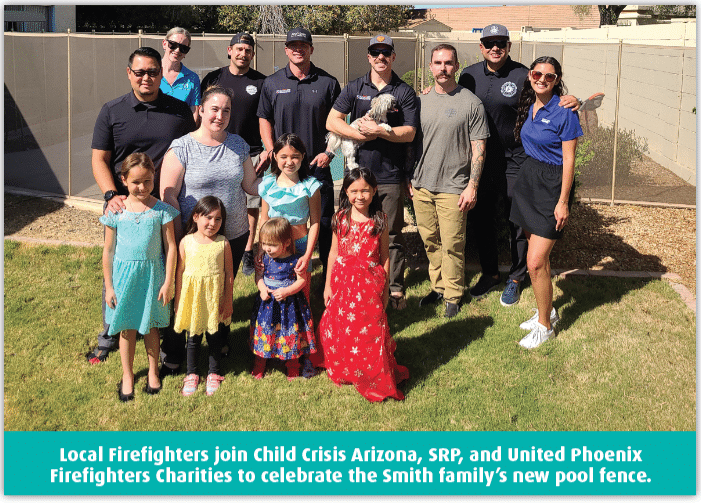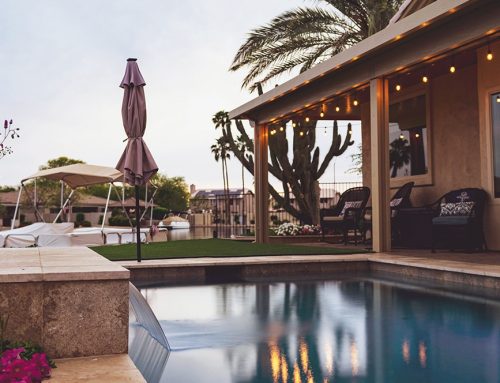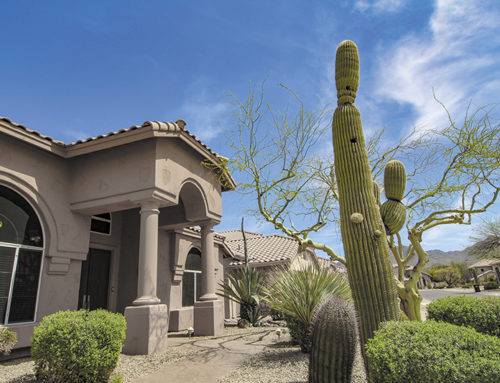By Alison Bailin Batz
Photo courtesy of Child Crisis Arizona
Each year, hundreds of children ages 1 to 4 die from drowning in the United States.
“Drowning is the leading cause of death for children 1 to 4 years old and remains in the top five causes of death for children ages 5 to 9 years old,” says Caitlin Sageng, director of Special Projects and Family Resources at Child Crisis Arizona, whose mission is to provide children and youth in Arizona a safe environment by creating strong and successful families. “In Arizona, we have one of the highest drowning rates in the nation. An average of 20 children drown every year in Maricopa County alone.”
No single device or solution can prevent a child drowning on their own; however, there are steps caregivers can take to place multiple barriers between children and water and minimize the risk. In an effort to decrease the chance of accidents around water, Child Crisis Arizona partners with Salt River Project (SRP) and the United Phoenix Firefighters Charities (UPFC), annually on a Pool Fence Safety Program. Its mission is simple: to provide local families with pool fences.
This year, Child Crisis Arizona is pleased to announce nine families across the West Valley in Goodyear, Avondale, Surprise, Peoria, and Glendale as recipients of the program. Over the past two weeks, pool fences have been installed in all backyards, including families where the grandparents are serving as caregivers, single-parent households, and in households where children are in the adoption process.
In addition to installing the fences, the Child Crisis Arizona Pool Fence Safety Program works across the Valley to educate caregivers on the importance of keeping their children safe around water through its Virtual Water Safety Workshop led by a Safe Kids Maricopa County Program Coordinator and available on the Child Crisis Arizona website at childcrisisaz.org.
Fast facts from the Child Crisis Arizona Pool Fence Safety Program for all caregivers:
• A pool fence should surround all sides of the pool and be at least five feet tall with self-closing and self-latching gates.
• Make sure that all furniture is on the inside of the pool fence so that children cannot use it to climb over the fence.
• Ensure that the pool gate is always properly latched and closed and that it is not broken.
• Children should not be able to go under, over or around the pool fence.
• Children can be small enough to fit through a doggie door when parents are not aware. Lock doggie doors so that it creates a barrier between the child and water.
• Never allow a child to sit on or next to a drain. Teach your child not to swim or play near the drain.
• Swim with a partner. Keep young children and weak swimmers within arm’s reach of an adult. Make sure older children swim with a partner every time.
“In addition to this, we recommend that kids learn water survival skills starting at age 2 or sooner in some cases. They should be able to step or jump into water over their head and return to the surface; turn around in the water and orient to safety; float or tread water; combine breathing with forward movement in the water; and exit the water,” says David J. Ramirez, city of Phoenix firefighter and United Phoenix Firefighters board member.





